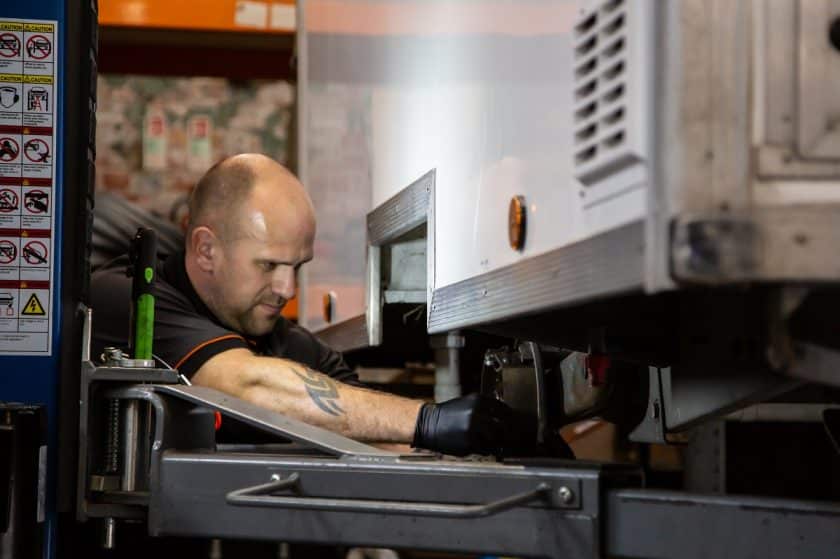No products in the basket.
How to drain a decontamination unit in winter?
A decontamination unit is drained by opening the valves at the source and letting the water run out of the system, i.e. sinks, showers, water tanks and boilers. All drainage areas are designed to get wet and can be carried out from a parked position. If there are going to be larger volumes of water, then it might be recommended to open the system close to a drain. Ensure you wipe down these areas to dry them off before closing them off.
How do you open the valves?
You open the valves by turning them anti-clockwise. In many cases, the valve will be marked up to guide you.
Where are the water valves located?
The location of the water valves can depend on the unit’s size, make, model and age. Generally, though, they should be positioned relatively close to the water sources.
As a guide, you can find the valves in the following locations:
- Water tank, in the cupboard next to the water tank
- Sinks and showers underneath the facilities
- Boiler in an external storage cupboard at the front of the unit
When should a decontamination unit be drained in winter?
All areas, such as sinks, showers, water tanks and boilers, should be drained if they will be standing for any period in winter. This is even for a couple of hours in colder temperatures to avoid water freezing in the system.
Why is it important to drain these systems?
Draining all areas containing water is crucial to prevent damage if the water freezes, which can cause the pipes to expand and potentially crack. It can also cause delays if the water freezes in the pipes and then relies on heaters to defrost the system.
Draining the water systems in a decontamination unit doesn’t take long and should be done regularly, especially in winter when temperatures are colder. However, it is also important to drain all the water at the end of a project and before the unit is moved too. Failure to do so can cause an imbalance in the unit, which could cause the chassis to crack.
As winter draws near, ensuring that your decontamination unit is adequately prepared is essential for its durability and functionality. We hope this guide on draining your unit during the colder months has been informative and beneficial. Remember, consistent and proper maintenance is the cornerstone of preventing damage and guaranteeing seamless operation in colder conditions.
For additional information and answers to further questions, we encourage you to visit our detailed FAQs on Winter Maintenance of Decontamination Units. Here, you will find comprehensive answers to common queries and download our tailored Winter Maintenance Checklist. This invaluable resource is designed to assist you in efficiently tracking your maintenance tasks and ensuring thoroughness.
Thank you for choosing Beacon International for your decontamination unit solutions. Stay well-prepared and safe this winter.
Beacon International offer a range of decontamination units to buy or hire, which can be delivered quickly from stock. Otherwise, you can contact one of the team if you have a current decon unit or product enquiry.





